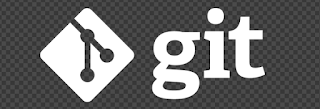How to restore PostgreSQL database dump
They'res a magnitude of methods to restore PostgreSQL dumps for a typical plaintext dump "psql" can do a pretty neat Job In few words a PostgreSQL plaintext dump is nothing but a corpus embodied with SQL statements, which when executed tables are created data gets retrieved, inserted and restored. So assuming you have a backup dump saved somewhere on your system open your terminal. And type; psql -U {{username}} < {{dump.sql}} That's it you've imported a database dump




